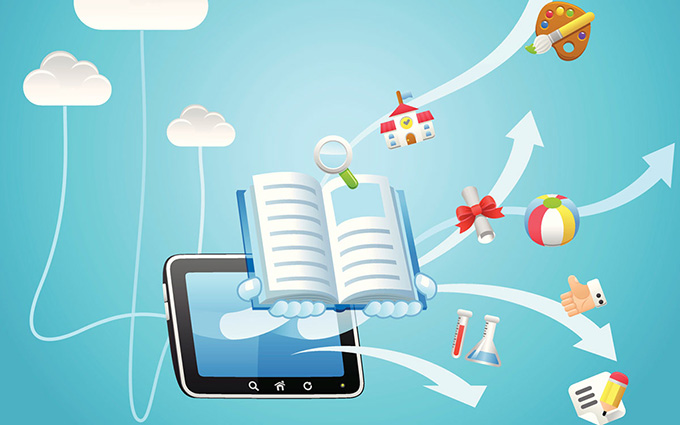The relationship between students and teachers has undergone a complete transformation ever since the advent of technology. This is because today’s student has access to a variety of sources for information, as opposed to simply learning what is being taught at school. The methodology of teaching for such curious minds, therefore, is evolving as well, and becoming more and more interactive and engaging, thanks to digital means.
Digital education is a revolutionary method of imparting knowledge, especially since it levels the playing field for all students. India is home to the largest population of children in the world, with an estimated 430 million children in the age group of 0-18 years in the country. The state of education in the country, especially in rural areas has been deplorable, with challenges such as archaic teaching methods, shortage of teachers, highly disproportionate student-teacher ratio, and inadequate teaching materials plaguing the sector. Digitization of education helps in mitigating all of these concerns by providing multimedia teaching tools to teachers and engaging students through learning methods that utilise digital tools, such as smart-boards, LCD screens, videos, etc. It also makes it possible for one teacher to deliver information remotely across several locations, through interactive digital media addressing the shortage of teachers in the country.
According to a report by the UK-India Business Council, India’s e-learning sector is expected to grow at a compounded annual rate of 17.4 per cent between 2013 and 2018, twice as fast as the global average. This, along with the government’s efforts towards building a digital future for its citizens with the Digital India program, and increased investment on Skill India campaign, is shaping an ecosystem which can foster the seamless inclusion of technology in education.
The Future is Digital
By 2020 it’s estimated there will be 1.5 million new digitised jobs across the globe. Today, however, 90% of organisations currently have an IT skills shortage, while 75% of educators and students feel there is a gap in their ability to meet the skills needs of the IT workforce. Research by the World Economic Forum estimates that 65% of children entering primary school will find themselves in occupations that today do not exist. It is imperative, therefore, for the education sector to prepare the talent needed for the digital economy, by adapting as fast as the increasing demand for IT skills.
Here’s why digital education is the way forward:
Customized Courses: A good Learning Management System (LMS) can help shape information and add learnability quotient to it. With the right ‘knowledge management tools’ it is possible to design a ‘student-centered courses’ to impart education.
No Language Barriers: Majority of India’s population is incapable of reading or writing English, but thanks to technology, learning material can digitally be made available in regional languages as well.
Offline Learning: Connectivity is still an issue in India, especially in rural areas, but thanks to e-learning and m-learning initiatives, educators can access the content offline as well, that can be synced as and when internet connectivity is available.
Open Education: Open resources are an important part of online education that consists of freely accessible media for learning, teaching and research purposes. This allows students to gain access to an extensive array of study material fostering an ecosystem of free learning.
India is waking up to the realization that industry 4.0 needs education 4.0. With the digital transformation, we must radically alter both how we learn and what we learn. Our nation’s young minds as a collective generation that will constitute our future workforce. Digital education can encourage an independent inclination to learn amongst today’s youth and engage themselves in the vast sea of knowledge available to them.
For more updates: Like us on Facebook and follow us on Twitter & Instagram





































